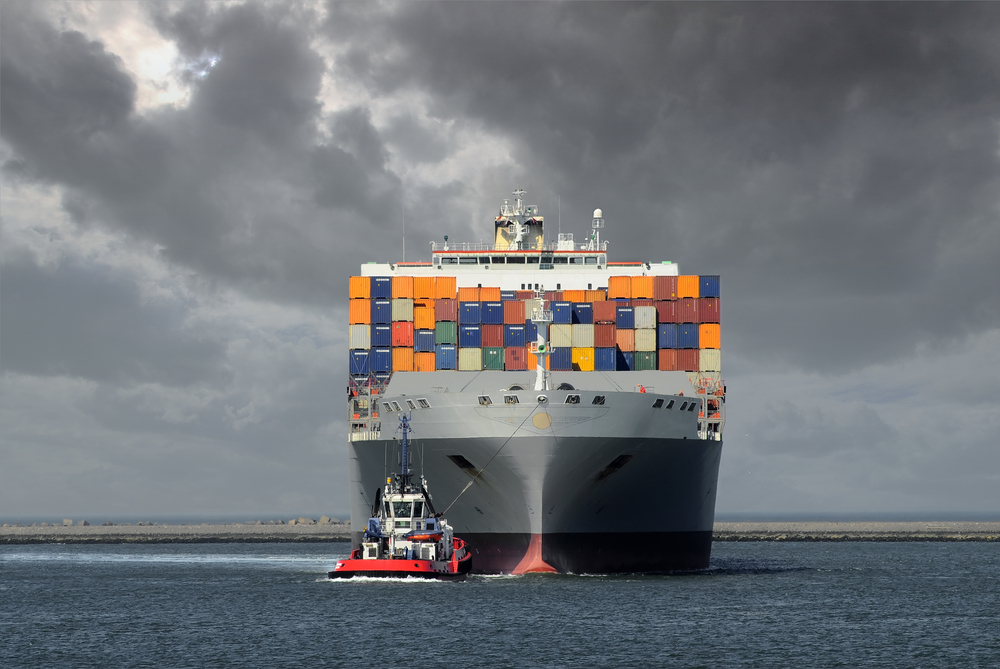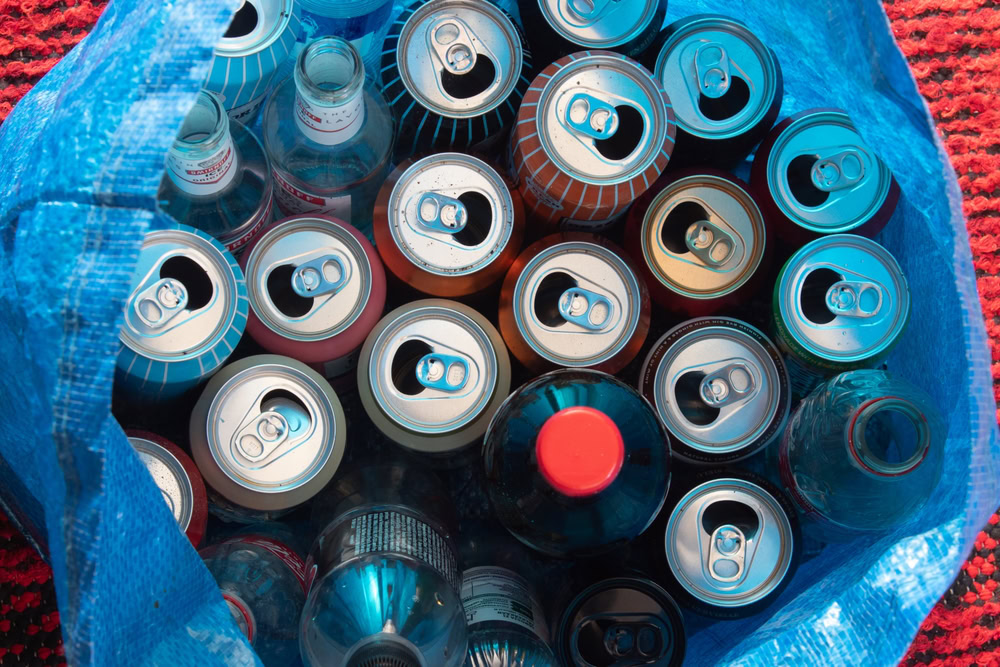The alert came this week after an undisclosed company came forward to report an incident in which one of the wishbone hookbars failed.
It said that welding used to attach wishbone hookbars to the steel plates of a container can fail – leading to “a sudden and catastrophic failure of the lifting mechanism”.
As the alert went out to industry, waste management trade association ESA advised its members to take safety precautions, but stressed that wishbone hookbars were “not inherently dangerous”.
In a statement yesterday, the Environmental Services Association said: “We would stress that the particular design is not inherently dangerous. However, as the lifting bar is a safety critical component designers, manufacturers, suppliers and users may need to take steps to ensure containers can be safely lifted.”
Regular checks
This sentiment was backed by HSE principal inspector Paul Harvey, who told letsrecycle.com: “This particular hookbar mechanism is not inherently unsafe, but it needs to be maintained and inspected.”
In wishbone hookbars, the bar passes through openings in the surrounding side plates and is welded to both inner and outer faces of the supporting plates. Failure of a welded joint still allows support of the hook bar through the side plate.
In its guidance, the HSE does not set down how often the hookbars should be checked, but advises companies to contact a person designated as “competent” under the Lifting Operations and Lifting Equipment Regulations (LOLER) for advice on the matter. The HSE can provide details of inspectors who qualify under LOLER.
The HSE alert does advise manufacturers of the wishbone hookbar to install additional safeguards.
The executive's report also suggests that firms use alternative hookbars, which will not fail in a similar manner. This includes designs that conform to the Container Handling Equipment Manufacturers Association (CHEM) Technical Standard TS8.








Subscribe for free